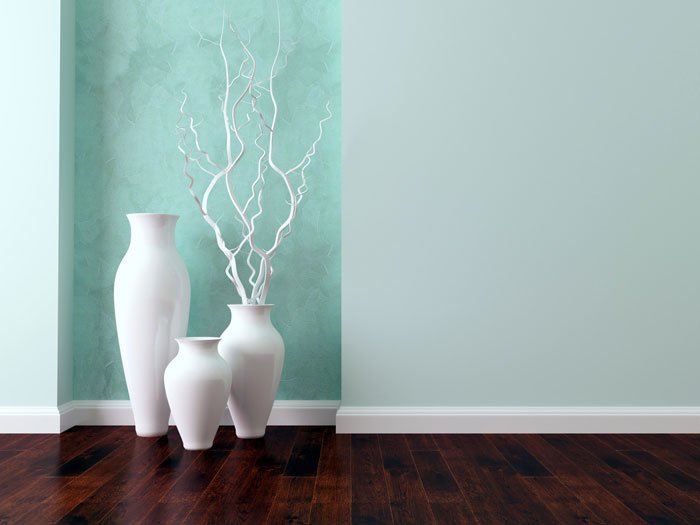
But despite the cultural success of the ecological movement, the old ways still persist. Many materials are sourced from unregulated sources which threaten local ecosystems, and many decorating products rely heavily on noxious chemicals which remain in the environment. As well as natural organic paint, there are a whole host of more ecologically sensitive building and decorating products on the market, but what is stopping these from being adopted more widely?
Back in 2011, researcher Leigh Bacon published
a study suggesting that professional interior designers were slow on the uptake when it came to adopting sustainable practices. The interesting thing about this study, which involved interviewing many professional interior designers, was that the designer’s own belief in the need for sustainability was the primary driver of bringing in new, sustainable practices, far more so than the client’s own beliefs.
As interior designers have become more aware of the need for environmental sensitivity, many green techniques have become trends and led to shifts in the wider interior industry. Reclaimed wood, for example, once prized only for its distressed look, has become a pervasive presence even in the most modern applications. The craze for shabby-chic and upcycled furniture also plays into the ongoing cultural embrace of ecologically sound ideas, and, to the naked eye, it can look as if there has been a fundamental change in the industry.
However, more recent research published last year by Carolyn Hayles in the International Journal of Sustainable Built Environment reveals that the current barrier to the growth of sustainable interior design is the unwillingness of materials suppliers to recognise the importance of environmental responsibility to their clients, who include both professional designers and the public.
By failing to properly source, display and promote sustainable products, large materials suppliers and decorating retailers make it hard for consumers to identify and prioritise sustainable products.
This is bad business. As interior designers have learned over the last few years, sustainability has a real value to customers, and the large retailers could capitalise on this by promoting sustainable product ranges. This strategy would not only help the environment, but also the bottom line by capturing the growing market of ecologically-aware consumers.
As Leigh’s research demonstrates, the key to driving adoption of sustainable practice is in changing attitudes. Interior designers responded to a wider cultural call for sustainability, and in the process created new approaches to the interior world.

Hi! I’m Chris, the founder of The Organic & Natural Paint Co, and I’m focused on the education and promotion of natural non toxic alternatives to chemical laden everyday products that we just take for granted. We have a choice, and I want to raise awareness of alternative products that don’t actually harm us!
This company is my way of pushing the awareness of better indoor air quality, something that I am personally passionate about due to my own children’s breathing medical conditions. I just couldn’t paint with big brand standard petrochemical paint any longer and wanted another solution.
Read more: About me
Twitter: NaturalPaintCo
Instagram: cleanairclubofficial


